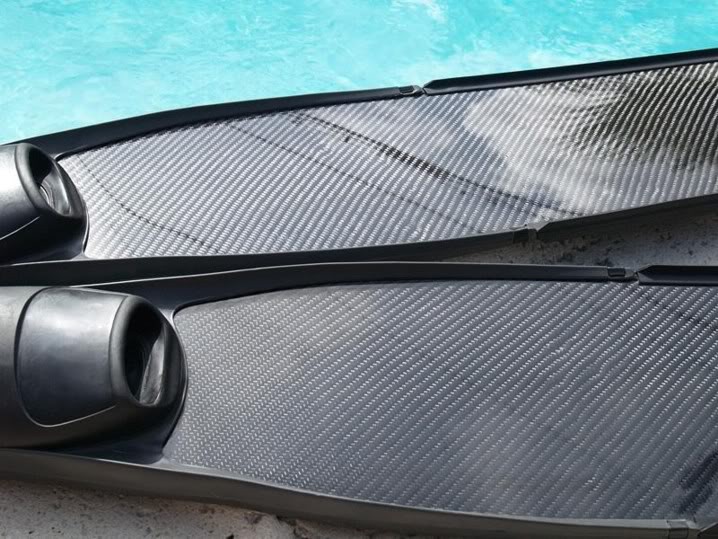Hill raiser, what do you mean by "jack up carbon fins"? damage them?
There are a lot of misconceptions about fins in general and carbon fins specifically. In the case of Pursuit carbon fins durability is not an issue. Another one being that carbon will benefit you only if you dive deep. Carbon is great for surface swimming, it's so light and fast you don't get nearly as tired as you would with plastic fins, and we all swim on the surface regardless of how deep we dive. Size 13 foot is not something to be concerned about when it comes to footpockets. If I were to make a footpocket recommendation I'd ask for your actual foot length anyways.


